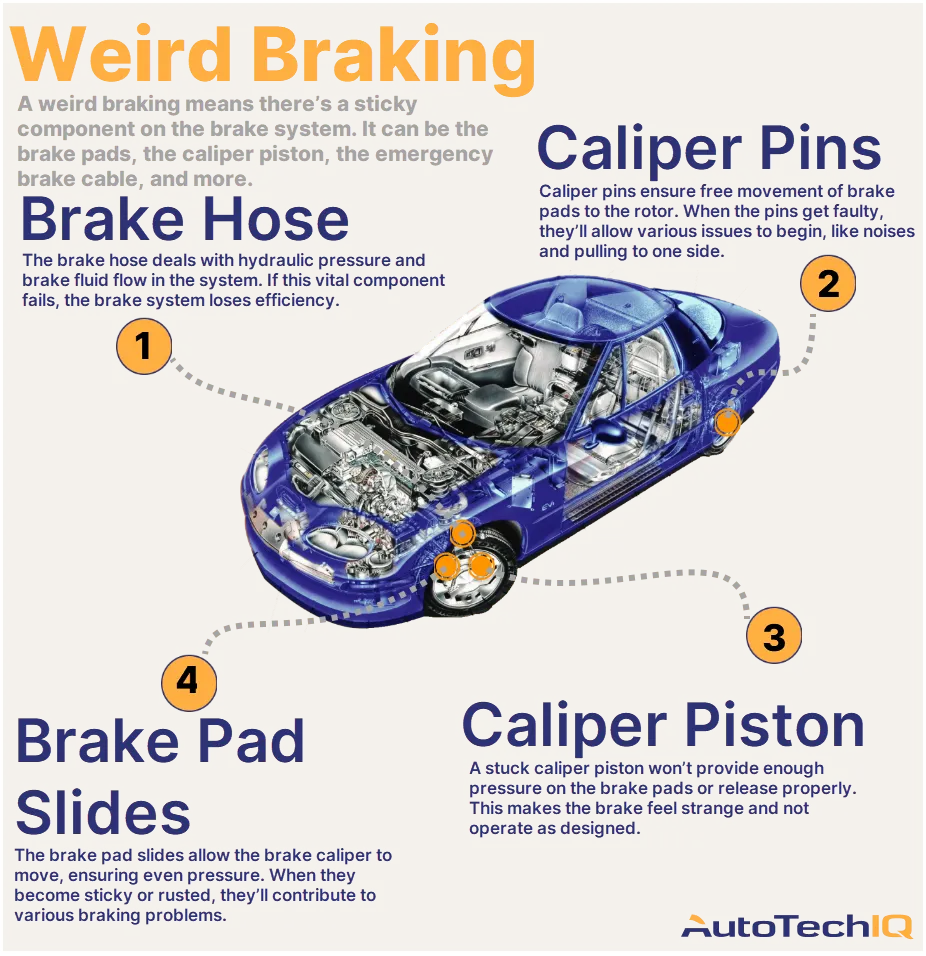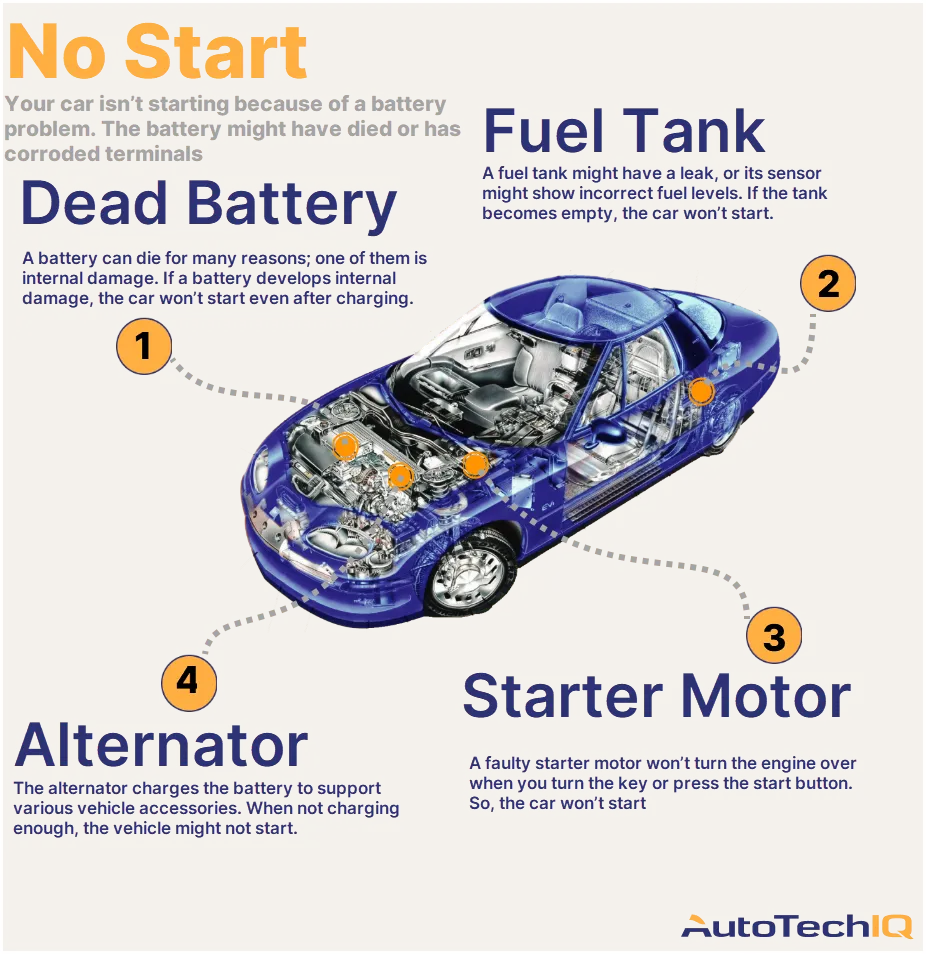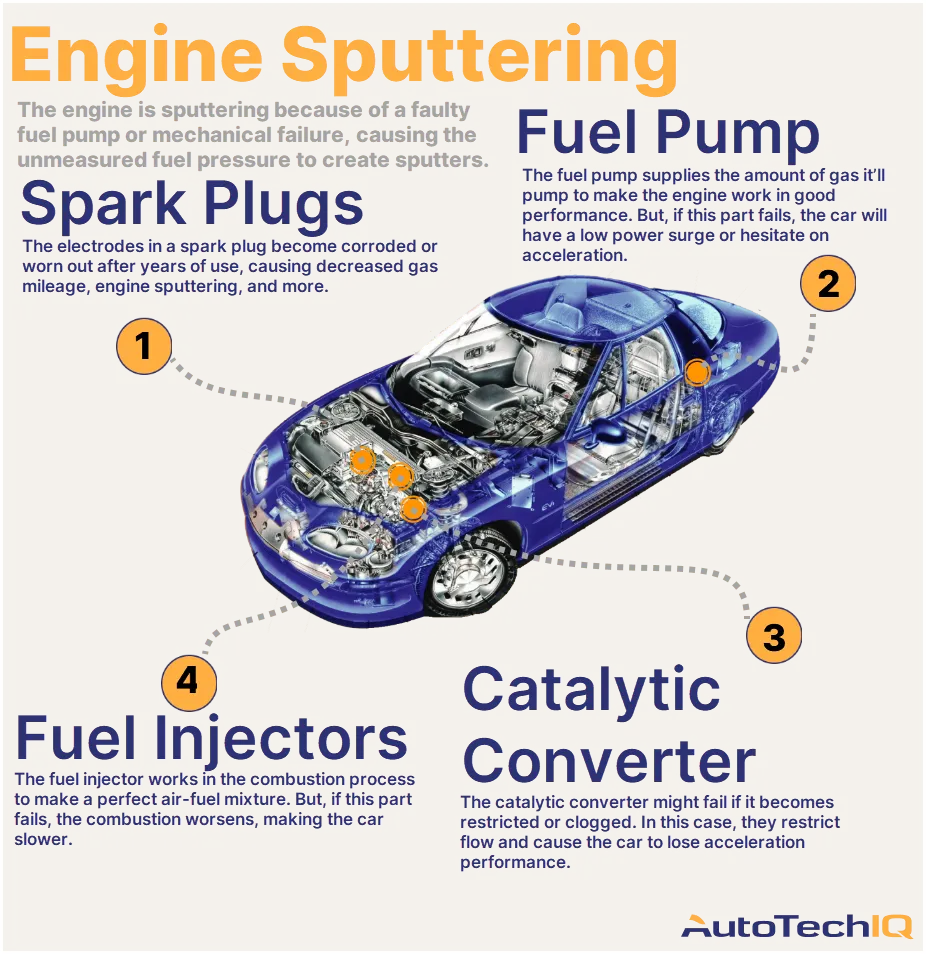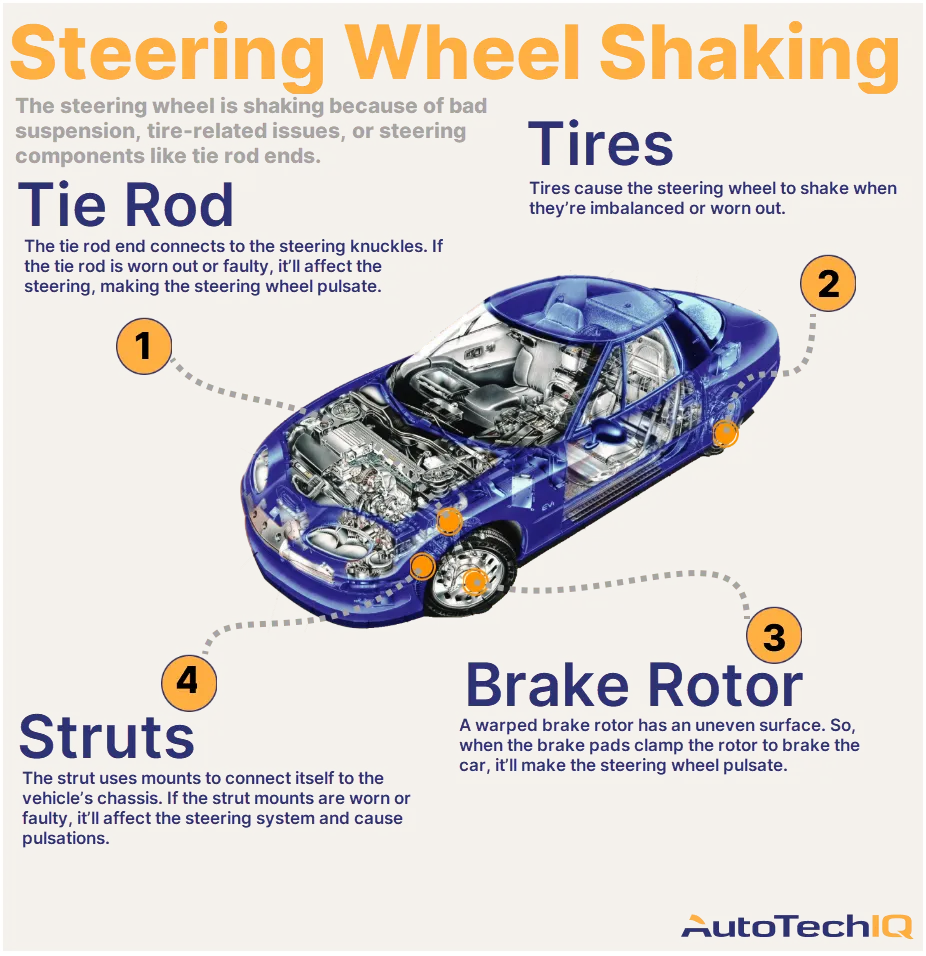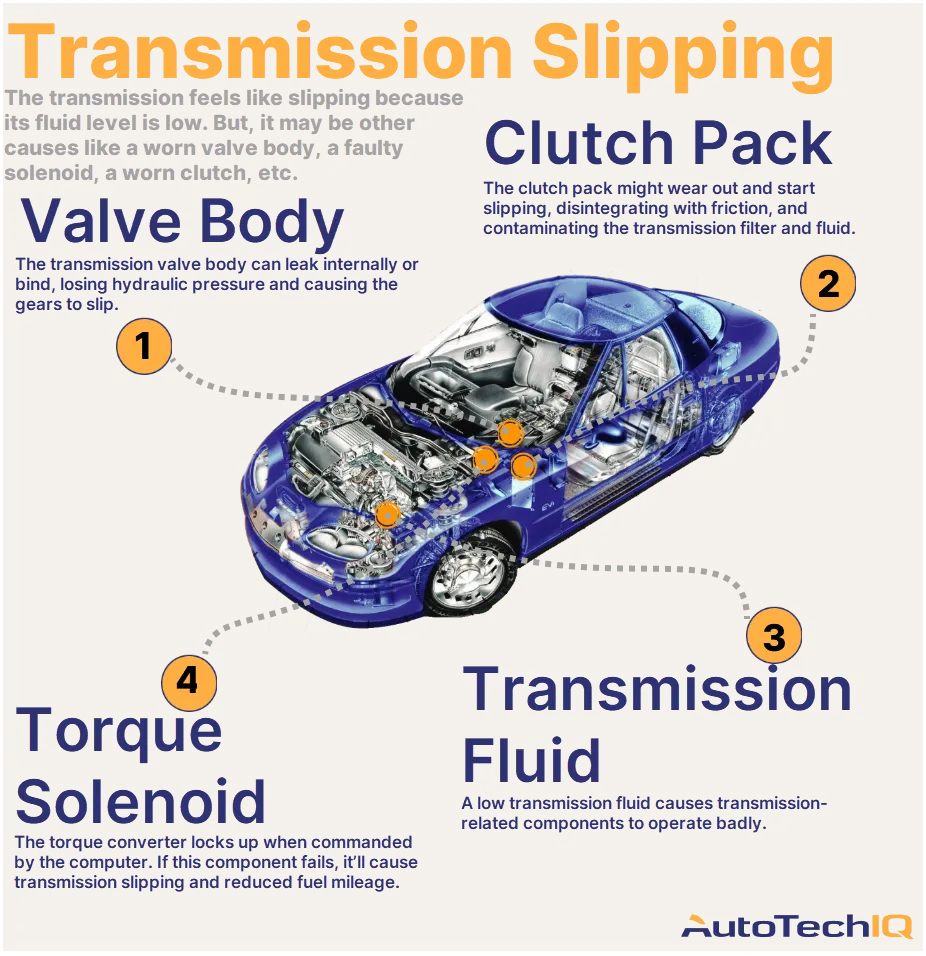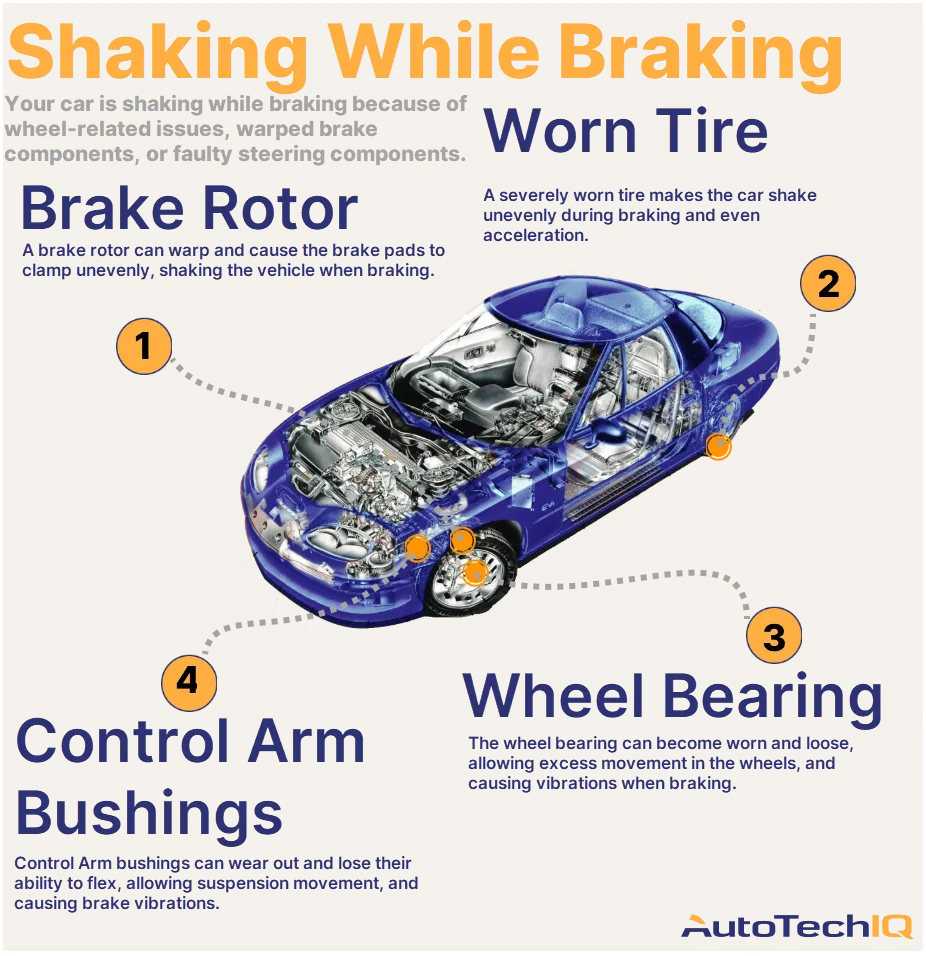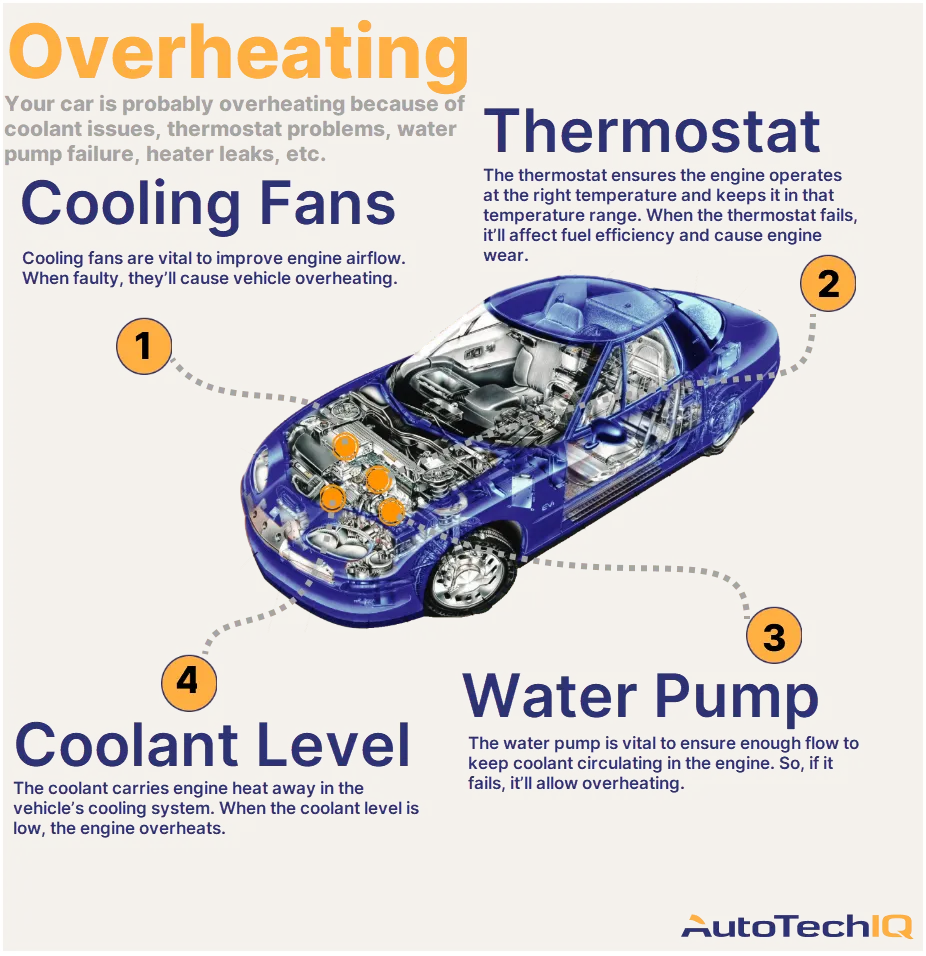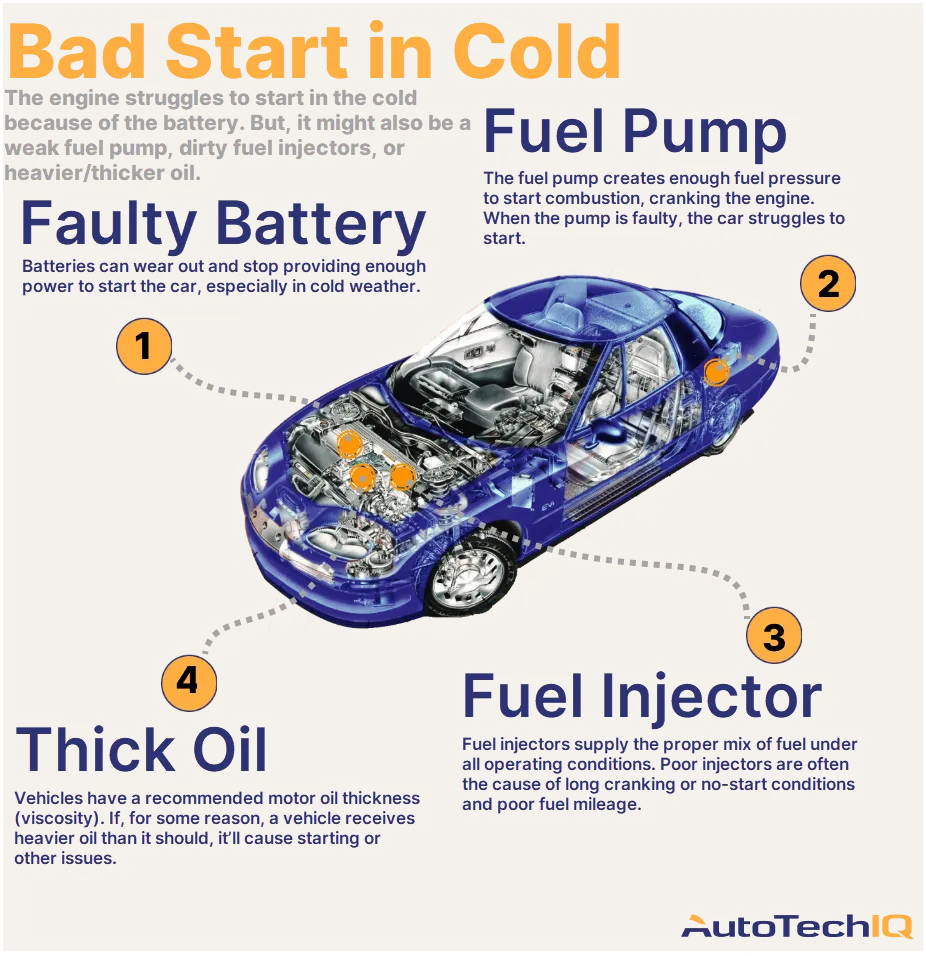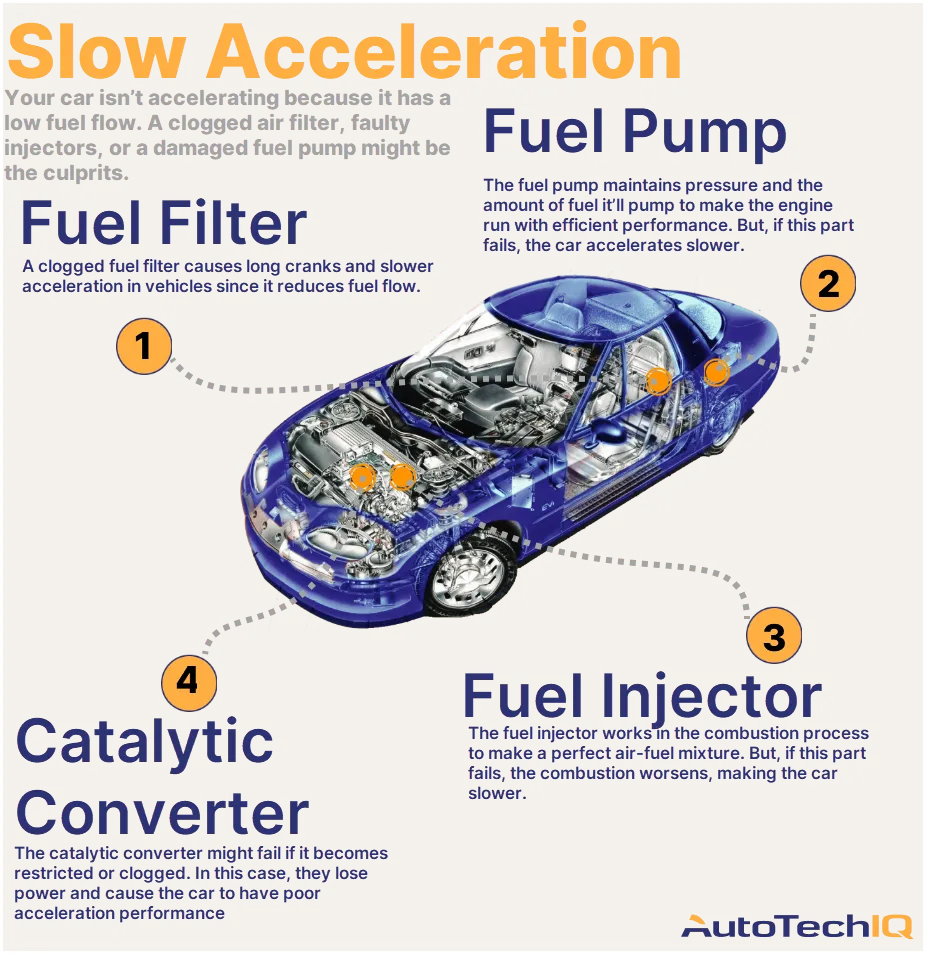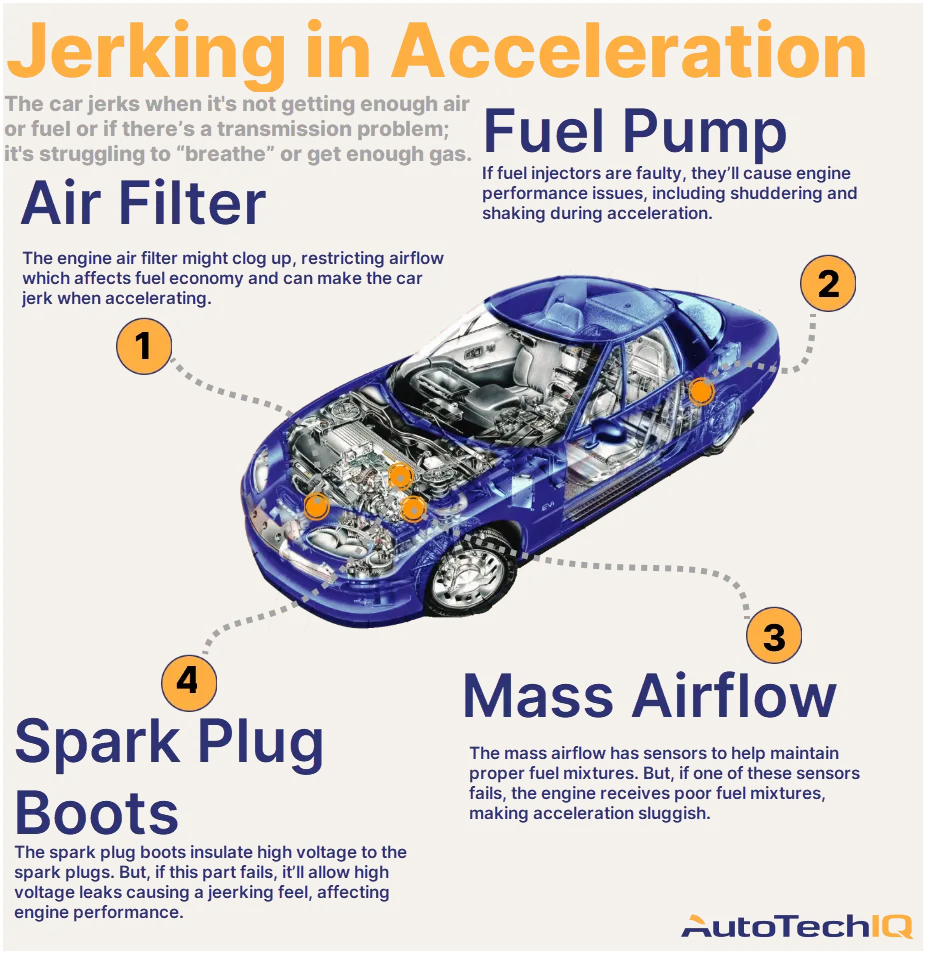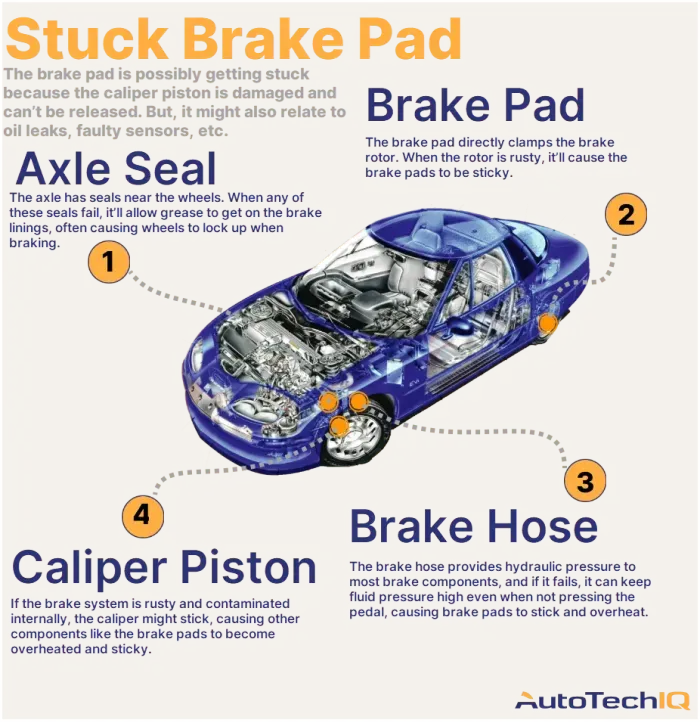
Is The Brake Pad In Your Car Sticking?
The brake pad is possibly getting stuck because the caliper piston is damaged and can’t be released. However, it might also be that an oil leak is causing the brakes to become oil-soaked and sticky. Alternatively, faulty sensors, collapsed brake hoses, stuck parking brake cables, or a failing ABS module might be the culprits.
To prevent the problem from escalating and affecting parts like the rear brakes, consider talking with a qualified technician with expertise in brake systems. They can diagnose and fix the issue promptly, helping you avoid costly repairs and ensure your vehicle's integrity.
Regular brake maintenance and vehicle health inspections are essential for preventing issues like these from occurring. Remember, your safety on the road should always be a top priority, so don't hesitate to seek help if you notice any issues with your brakes.
Watch out: If your car's brake pad is partially stuck, it might cause uneven braking and compromise your safety on the road. Therefore, taking action and identifying the cause of any brake-related issue is crucial to avoid dangerous consequences.

